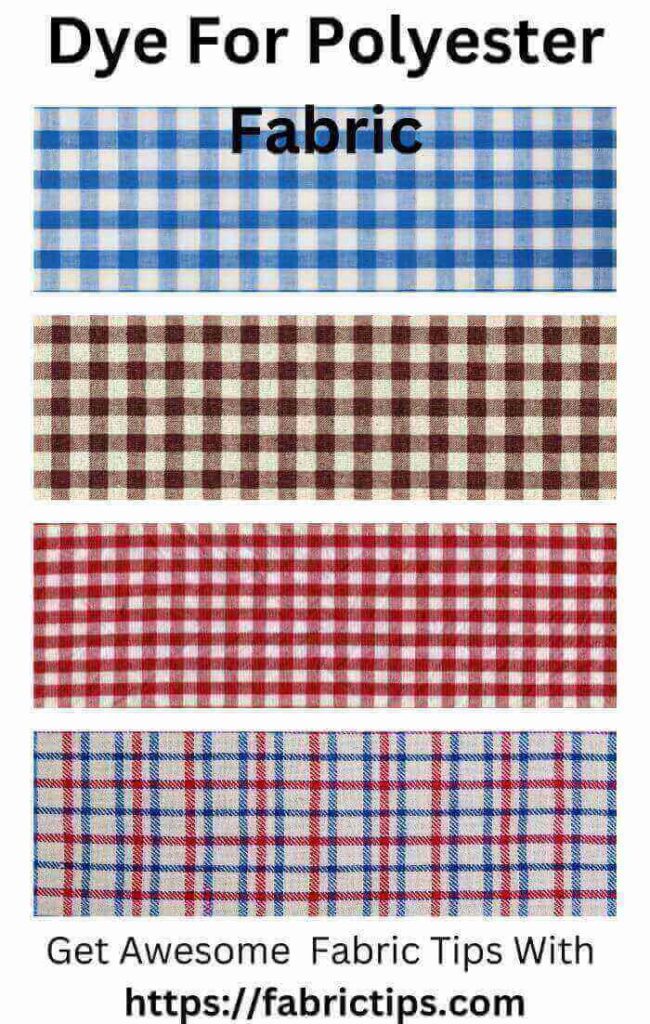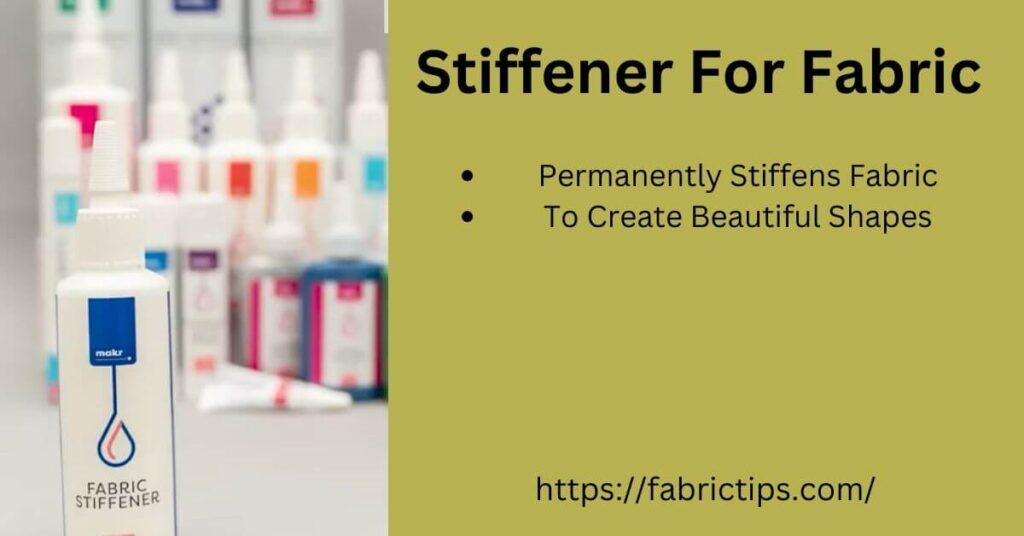Last Updated on December 13, 2025 by Wahid

Dyeing fabrics is a great activity when you wish to revitalize old clothes or make a garment with a unique color. However, some materials can be harder to work with than others.
Which dye for polyester fabric is better? Polyethylene is among the most difficult materials. Some of the horror stories about bad reactions are real, and I have personally had a few of them myself. How can you dye polyester at home, and why is polyester so difficult to dye?
However, I hope this guide will teach you how to make your older polyester clothes appear new again. Therefore, you must choose the right dye, carefully follow our directions, and be prepared to wear your new dress.
What To Know Before Start?

- It’s important to keep in mind that polyester fabric isn’t the same as other materials.
- Due to the properties of the synthetic material, it is not suitable for dyeing.
- You should also be aware that natural fabrics aren’t compatible with dispersed dyes.
- Disperse dyes are suitable only for dyeing synthetic fabrics.
- Materials made of different types of elements & mechanisms have different characteristics.
- Therefore, dyeing methods vary from fabric to fabric. Plus, polyester is particularly tricky to dye.
However, if all the elements are in place, you can achieve some good results, but facing challenges can be quite frustrating. Well, read on.
Dyeing Polyester Fabric: What Should You Consider
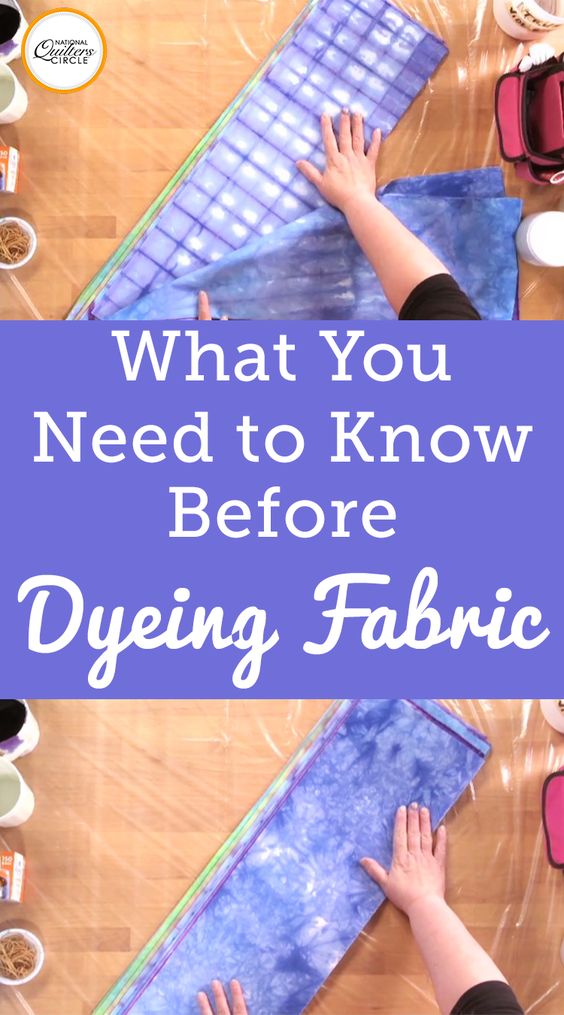
If you want to dye polyester yourself at home, there are several factors to take into account.
- As a first step, you have to identify the type of fabric you are using. Whenever you are planning to dye a piece of unworked fabric, make sure you get fabrics made of 100% polyester or polyester blends. If you have a ready-made garment, this information can be found on the fabric label.
- Do you understand the importance of this? Polymers are often blended with other fibers, like cotton, to make them softer & more breathable. You should only use specialized synthetic dyes when as much as 35% of the material is synthetic.
- As for other blends, like spandex and polyester (found in leggings & sports clothes), you cannot dye them at home. Spandex can’t handle the higher temperatures necessary for disperse dyes to work.
- Choosing a color that complements your item’s style and condition is also important. For example, ready-made clothing features special pleats or curves that are heat-sealed in order to retain their shape.
- One of polyester’s greatest strengths is its durability. It is possible to re-dye polyester at home, but if you heat it intensely. It is possible to damage the curves, pleats, folds, or patterns of authentic garments.
- Additionally, you will need to determine if your fabric can safely be wet. If it needs to be dry-cleaned, then boiling-water dyeing is not a viable option.
- Additionally, you should check your item closely for stains, rips, tears, and faded or bleached spots. All of these will be noticeable once it is colored. When you implement a black dye, faded spots will appear lighter when compared to the surrounding fabric!
- Well, dye works the same way as finger paint! Yellow shirts should not be dyed green; avoid dyeing them green. Dye them blue instead.
Finally, you need to choose a colorant carefully. Discover the many different types of synthetic dyes available today by reading on!
Dyeing Polyester Fabric: What Is The Right Way To Do It?

To dye polyester fabrics, there are a few steps you should follow. Before we move on to the next step, a couple of things have to be kept in mind.
Notes On Remembering
- First off, make sure the fabric does not contain natural fibers (like cotton) since these dyes are designed to dye synthetic fibers.
- An improper pH setting can adversely affect the outcome. For dispersing dyes, a pH of acidic acid is required. During the dispersion process, the pH should range from 4.2 to 4.7.
- The final results will depend on the fabric’s natural color. In addition, how much dye you use and how long it is immersed will also impact the color.
- Ensure that you have the necessary equipment. Namely, one measuring cup, metal tongs, working gloves, and a cloth to protect the working area from spills.
Now Let’s Get To Step By Step Dyeing Process
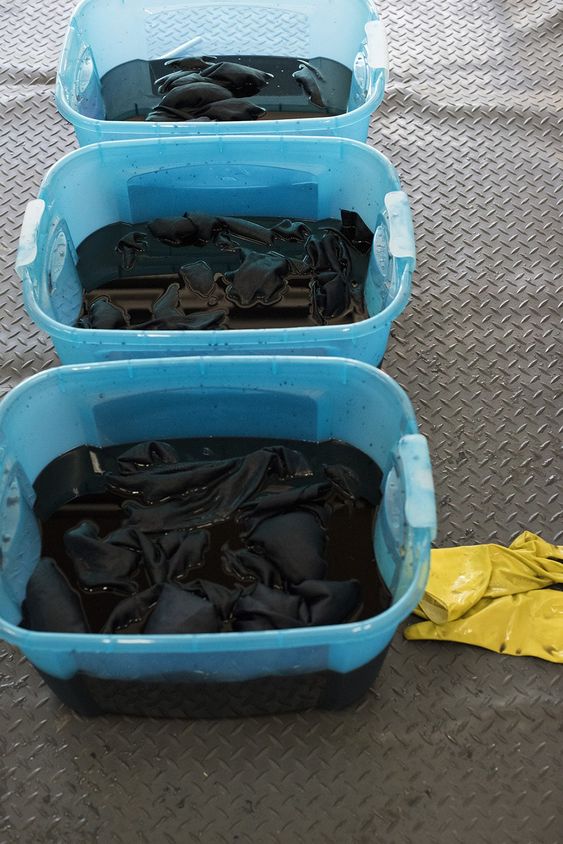
Before starting, cover nearby areas to protect against spills. You should also wear rubber gloves that are already recommended.
Step 1: Find Out Quantity
The first thing you need to do is calculate how much and what kinds of dye you require. Usually, dye packets will specify how much you need. Be sure to weigh your fabric beforehand so you can add the appropriate amount.
For example, 1 pound of dry fabric could be colored by 1 packet of dye & so on. However, the excess dye can also be an issue.
Step 2: Do A Pre-Wash
Before coloring, make sure the fabric is pre-washed. In this step, any visible dirt or stains will be removed, and the dyeing process will not be affected. Washing by hand or automatic washing machines are two options.
Step 3: Choose A Dyeing Process
Various dyeing techniques exist, such as vat dyeing, disperse dyes, and the stovetop dyeing method. It is recommended to use the stovetop dyeing technique. I will explain.
Basically, boiling water is used to dye your water in the stovetop dyeing method, so your water will be filled with the hottest water. Synthetic fabrics tend to be hydrophobic, so using this dyeing method makes sense. To help them absorb the color, hot water must be applied.
Step 4: If Necessary, Remove Color With Remover
For fabrics with already-existing colors, you may try removing them with carbon colors remover. If not, the previous color might change to a completely new hue by interacting with the old color.
Using color remover for fabrics does not guarantee that the color will disappear. In order to avoid the hassle, the color of the fabric dyes that you mix will depend on the design you want.
Step 5: Choose A Container
Now, fill up the stainless steel container with enough water to allow the fabric to move freely. Based on the weight of the fabric, approximately 3 gallons (11.3 liters) would be the appropriate amount.
This way, the coloring step will follow a standardized process, and there won’t be any problems. However, when it comes to tie-dye, you may not require so much water.
Step 6: Use The Washing Agent
A drop of dish detergent would be helpful to add since it will help with leveling. It’s not a requirement, but doing so can make the process more efficient.
The water should be almost boiling at this point. Add the dye & let it dissolve. Use a stainless steel spoon or tongs to mix it properly.
Step 7: Add The Cloth To The Dye Bath & Mix The Dyes
When you have thoroughly mixed the dyes for your polyester fabrics, it is time to wet them. Don’t wet them too much, but simply enough. Afterward, throw them into the dye bath (but not directly; slowly pour it in).
As a reminder, to get impressive fabric dyeing results, you need to drown the fabrics in enough water. In addition, if you’re planning any tie-dye projects, you should prepare accordingly.
Step 8: Stir Continuously
After you have submerged the fabric in water, the fabric must be constantly stirred. We should keep in mind that the initial stirring is crucial. Consequently, it should be done consistently.
As long as the previous steps are done incorrectly, no matter what fabric dye you use, the results won’t be consistent. It might look blotchy or inconsistent if you do not follow these steps carefully.
Step 9: Timing
The length of time you need to submerge blended fabrics varies with how blended they are, as well as how blended they are.
In other words, if the fabric is made of natural fibers (such as cotton & polyester), it should be given at least 30 minutes. If you would like a very dark color, you may leave it for an hour.
Attention: Very Significant

- In order to achieve a particular color in your fabric, you must pay attention to the amount of dye and the duration of submergence.
- Rather than putting the fabrics indirectly, you may want to wet other cloth in it first until you get a sense of what it will look like.
- During the wet stage after dyeing, the result will appear darker than it actually is.
- Therefore, when the color is wet, it appears lighter than before it was. Hence, be aware of that.
- Here are the last and main steps for providing your fabrics with a quality coloring session.
- Unlike natural dyes or direct dyes, synthetic dyes are treated differently and behave differently.
- Once you know what you’re doing, you shouldn’t have any problems.
Cotton Blended Fabric: How Can You Dye It?
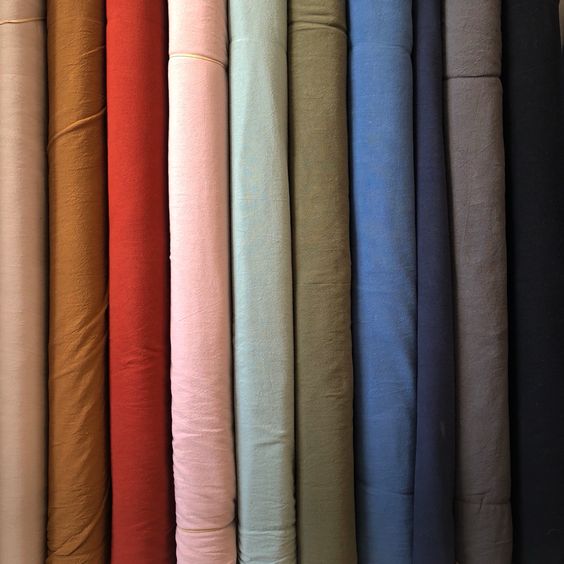
Fabrics with cotton blends can be difficult to dye because the best dyeing process will depend on the blend. Let’s look at 2 scenarios to illustrate how to overcome different situations.
- Imagine a fabric that is made largely of synthetic fibers, 80% polyester & 20% nylon, for instance.
- As a result, we must select a dye suitable for synthetic fibers. Otherwise, it will remain unchanged.
- Therefore, synthetic dyes such as disperse dye could easily be used. Rit’s DyeMore works exceptionally well on these blends. The stovetop method can be used for this as well.
- Cotton blends containing 50% or higher cotton will use a different process.
- In other words, you would need a lot of cotton if you used the above method.
- In such cases, dyes such as “Dylon” are recommended.
- They are especially useful for dyeing cotton-polyester blends.
- Nevertheless, they won’t work well if your fabric is 100% polyester, so you should consider that.
Can You Dye Polyester Fabric?

YES. It is possible to dye polyester. However, you must use disperse dyes and heated water between “200 and 266 degrees Fahrenheit.”
- Polyester and nylon are synthetic materials that can be dyed with disperse dyes.
- Tying polyester is challenging to dye, but it’s not impossible. Because polyester doesn’t absorb dye well, it is a tough material to dye.
- Due to their hydrophobic nature, the fibers can’t absorb moisture, so they don’t absorb water-based substances as well.
- Changing the color of polyester requires the right method & dyes to achieve the desired saturation.
- Tie-dye can still be done on polyester & polyester blends in order to achieve the desired look.
Which Dye Is Best For Polyester?

Dyeing polyester requires “synthetic disperse dyes.” The hydrophobic properties of water make dyes based on water ineffective.
- Instead of being dissolved in liquid, pigments in dispersed dyes are suspended.
- The pigments penetrate polyester materials as a result of high temperatures.
- Polyester material requires an intensive dying process in a factory setting.
- They use high-tech jet dyeing machines as well as 280 degrees Fahrenheit to best dye the fabric.
- Regardless of whether your material is a blend, you should stick with synthetic dyes. However, the ratios vary.
- If you want to cover anything that is over 35% polyester, you need strong synthetic dyes.
Polyester: Why Is It Such A Difficult Material?
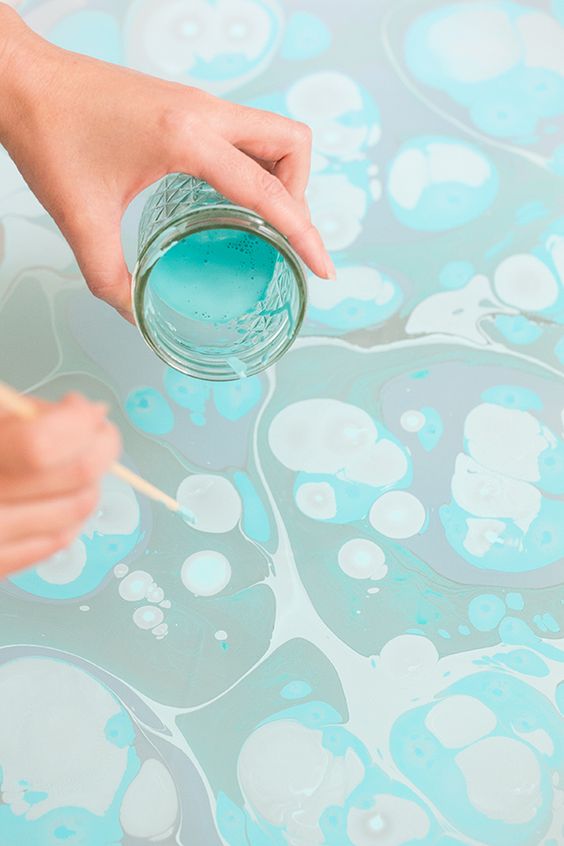
Using natural fibers for dyeing at home gives the best results. Because of their structure, such as linen and cotton, they can take dye quite well, and the result can either be mottled or uniform.
- Cotton shirts are great for experimentation, tie-dye effects, and much more. Conversely, polyester is a synthetic fabric.
- This material is derived from crude oil & as the “poly” prefix suggests, and has been adapted from plastic to make a lightweight, flexible material.
- Hence, its durability. In addition to being hydrophobic, this means the fibers repel water.
- When you dye 100% polyester with water, you will not see the same effects & you won’t get the exact results.
- For that reason, many people create garments with polyester blends instead of 100% polyester.
- By doing so, they introduce natural fibers such as linen or cotton.
Which Fabric Will Be The Most Difficult To Dye?

Fabrics don’t all come from the same place. The two most common natural fibers are cotton and linen. Their composition makes it easy for water to penetrate into the fiber.
- During the dyeing process, colors adhere to the fibers effectively, & your desired result is achieved.
- The cotton shirt will allow you to test the dyeing process quickly.
- However, polyester fabric is not affected by this.
- Polyester fiber is composed of two vital components, namely crude oil & plastic, that have been converted into thin, flexible fibers.
- In addition, polyester fibers have a hydrophobic property, making them water-resistant.
- All of these factors make dyeing polyester a relatively more complicated process.
Is It Possible To Dye 100% Polyester Fabric?

Blended polyesters and 100% polyesters feature obvious differences.
- By blending polyester with other fibers, some quality of pure polyester is lost in the blended material.
- As a result, it holds water and can transport liquids.
- Due to this, polyester blends are much easier to dye compared to pure polyester.
- In contrast, 100% polyester contains little moisture and carries fluids well.
- Because of oleophilic and hydrophobicity, fluid transport behavior is extremely weak.
- So, dyeing polyester clothes becomes harder but not impossible.
- Following are some methods that can be used to dye 100% pure polyester fabric.
Frequently Asked Questions

01. How Much Dye Do You Need?
Answer: It depends on what you want to do and how much liquid dye or powder dye you need. In order to make something extremely dark, more dye will be needed. Even if you just want to make faded clothes look better, it won’t take much.
Similarly, depending on the severity of the bleach stain, it may be necessary to cover it with a significant amount more. Last but not least, fabrics will play an important role, but not a major one.
02. How Is Polyester Dyed? What Kind Of Dye Is Used?
Answer: On synthetic fabrics, you can use several dyes. As an example, “acid dye“, also known as “anionic dye”, can be used with nylon, polyester, and acrylic. Other options such as “disperse dye” and “mordant dye” can also be used with this kind of material.
03. Polyester Dyes Well, Or Not?
Answer: Synthetic fibers such as polyester are hydrophobic. The same goes for synthetic fabrics, which don’t take as basic dyes as cotton. In contrast, if a specific temperature is met for the material & dye, the fabric absorbs the water much faster. This becomes even more difficult if it is 100% polyester, without any protein or natural fibers.
04. Does Rit Dye Work On Polyester?
Answer: Synthetic materials do not absorb Rit dye well, so we don’t recommend it for them. Rit DyeMore can be used for this since it is a dispersing dye. In addition, polyester will absorb color more readily when dyed with disperse dyes.
05. Where Can I Find Dye For Polyester?
Answer: Polyester can be dyed with synthetic acrylic paint, disperse dye, and possibly acid dye. Each of these is quite different, and their dyeing methods will differ greatly. It is recommended that you use disperse dye since it is readily available and effective.
06. Can You Tie-Dye 60% Cotton & 40% Polyester?
Answer: Yes, of course, you can. Yet, not all results will hold for the entire blend, as you might expect. Fiber reactive dyes are an option, and they are quite compatible with tie-dye patterns. However, you should keep in mind that polyester does not absorb colors, which is important to remember.
07. How Should Synthetic Fibers Be Dyed To Avoid Using Certain Dyes?
Answer: Some dyes won’t work with acrylic, polyester, acetate, or synthetic fibers in general. For starters, you cannot apply natural colors (that is, dyes used on natural fibers like cotton, silk, or wool) on synthetics, as they won’t hold the color. Regardless of what dye you use on the polyester blend, it will retain its original color.
08. Does Tea-Dying Work On Synthetic Fabrics?
Answer: Basically, NO, it won’t. Any processing you would apply to silk, cotton, or linen will not work on synthetic materials like acrylic or polyester, as we explained earlier. In order to dye your synthetic fabrics, you should use something like an acid dye or synthetic dye.
Final Words
Looking for the best dye for polyester fabric? It can be tricky to dye polyester fabrics, especially if they are blended with another fabric. How about digging out your biggest pot and boiling the polyester? Hopefully, you are feeling like a dispersed dye expert now.
As you know, polyester cannot be dyed with water-soluble or natural dyes. Which polyester item will you dye? Do you have experience dyeing a curtain? Tell us about your experience in the comments below.
